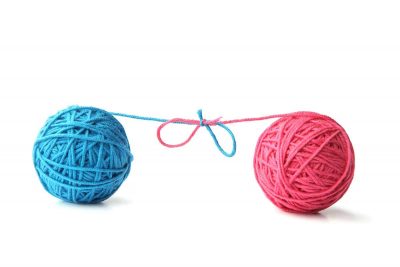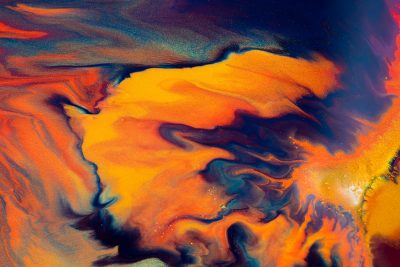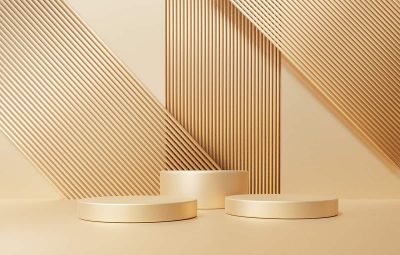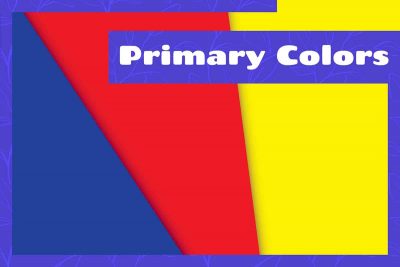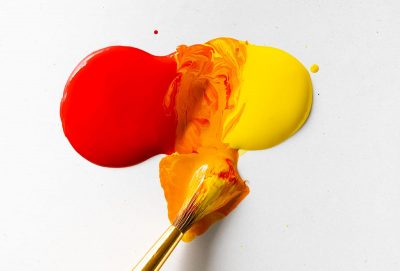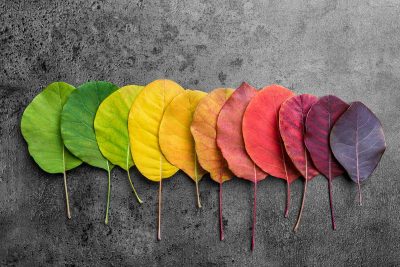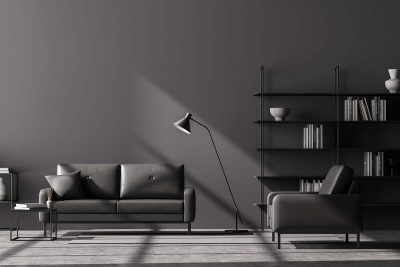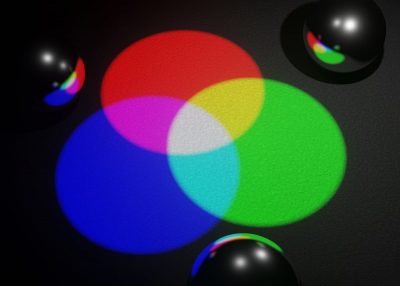Home design & decorating tips about architecture, color schemes, paint colors, interior styles, and so on.
Decorating
Interestingly, yellow can be made by mixing two other colors together. When red and green are mixed, the red neutralizes the blue in green, which leaves us with yellow. This is a trick that works well with lighting, but isn’t always as successful when it comes to mixing paints.
Red is a primary color, while purple is a secondary color, and when the two are mixed in equal proportions, the resulting color is magenta, which is a tertiary color.
When blue and purple are mixed, the resulting color is called blue-purple or blue-violet. This is a color that sits halfway between blue and purple and has a cooler temperature than regular purple, though it isn’t quite as cool as solid blue.
When red and blue are mixed in even proportions, they will make violet. If you alter the percentages of red and blue in the mixture, then the final color will still be a shade of purple, but it will either be a cooler or warmer shade depending on the amount of red and blue in the mix.
Orange and blue mixed together can create versions of brown, green, and even purple.
You can make gold by using the three primary colors in varying proportions, or you can make gold by mixing yellow with a small amount of brown. Here we explore the different ways to make gold in more detail, and learn more about this prestigious color.
Having an understanding of primary colors can benefit anyone working in design or anyone who is transforming the decor in their home. Here we explore primary colors, the history of their paint pigments, and how to use them in home decor.
In order to create orange paint, the colors which need to be mixed together are yellow and red. To achieve a balanced, true orange color, the proportions of red and yellow should be even, so one part red to one part yellow.
Fortunately, hue is not a complex term; in fact, this word simply means ‘color.’ Here we expand on the term ‘hue’ and take a closer look at how it is used to describe home decor, along with other words you have likely stumbled upon in relation to hue.
When most of us think about darkness, the color that springs to mind is black. While black is regarded as the ultimate dark color in interior design, it is not the only color that can represent darkness. There are many variations of dark colors that can work well to create a dim or shadowy atmosphere.
Having an appreciation for the color spectrum and how this can affect color perception is really useful in interior design, since color theory and being able to put different colors together in an appealing way is a key element of creating spaces that people want to spend time in. Here we take a closer look at the color spectrum and how it can be used to the advantage of interior designers.
Secondary colors are formed by mixing primary colors, and they can work well as both main colors and accent colors in interior design. The three secondary colors are green, purple, and orange, and these can be mixed with primary colors to create tertiary colors.



